“For many of us, our rig is more than resale value — but when the market tilts, even trail rigs feel the squeeze.” – Jason Suddarth
Quick take: The new‑car market warped starting in 2019 and accelerated through the pandemic. Supply shocks, shifting buyer preferences, and constrained inventories pushed both new and used prices into unfamiliar territory. For off‑roaders, who gravitate toward trucks and rugged SUVs, those price moves hit especially hard. This guide explains how we got here, which rigs were most affected, what to watch for as the market normalizes, and practical steps for buyers, sellers, and club leaders.
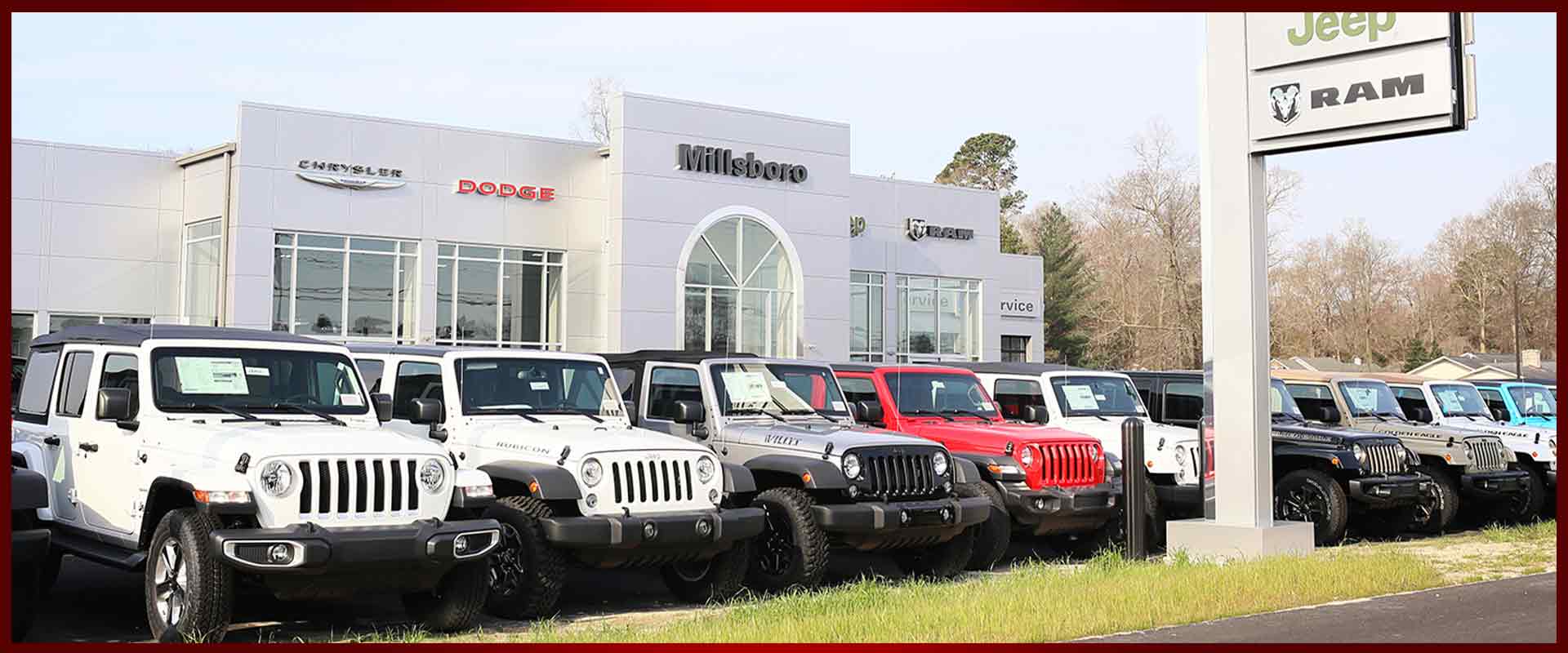
Why this matters to Virginia Off‑Road readers
Off‑roaders aren’t average vehicle buyers. We want capability, modability, and proven durability — often in the same handful of models (Tacoma, 4Runner, Wrangler, Bronco, and their kin). That concentrated demand combined with limited supply and dealer practices produced especially large premiums on the vehicles we love. Even used rigs — historically the refuge for budget‑minded modifiers — spiked in price, shrinking the pool of affordable platforms for new entrants and long‑time hobbyists alike.
1) The perfect storm: how 2019–2022 warped the market
A few stacked shocks rewired the industry:
- Global supply chain disruption. The pandemic closed plants and slowed logistics, constraining how many vehicles rolled off assembly lines. When production fell, demand didn’t simply evaporate — buyers shifted toward durable, multipurpose vehicles.
- The semiconductor shortage. Modern cars rely on chips for everything from infotainment to engine control. A shortage beginning in 2020 forced temporary plant shutdowns and permanently slowed some production lines.
- Shift toward trucks and SUVs. Consumer tastes had already been drifting toward larger vehicles, but the pandemic reinforced that preference: buyers prioritized utility, safety, and cargo space.
- Dealer market adjustments and add‑ons. In low‑inventory markets dealers leaned on market‑adjustment fees and heavy add‑ons for in‑demand trims. Those line‑item markups translated into some buyers paying several thousand dollars above MSRP for the exact rig they wanted.
Cumulatively, these forces pushed average transaction prices up across both new and used segments — precisely the kind of pricing disconnect that economists call a bubble.

2) Why off‑road models were hit harder
Several traits of the off‑road market amplified price moves:
- Concentrated model preference. Off‑road communities often insist on particular models. That brand loyalty means buyers prefer to wait and pay up rather than buy a substitute, giving dealers and resellers leverage.
- Low turnover among modded rigs. Once owners add bumpers, lift kits, and winches, they tend to keep their vehicles longer. That reduces the annual supply curve and tightens the used market.
- Niche scarcity. Models with limited U.S. availability (or discontinued lines) became collectible or speculative targets — and scarcity breeds premiums.
- High aftermarket value capture. Many durable off‑road mods increase a vehicle’s utility but don’t translate dollar for dollar in resale — meaning buyers who paid a premium for a loaded new rig might not fully recoup that outlay later.

3) Who’s vulnerable if the bubble deflates — and who benefits
If the market normalizes (or corrects), outcomes differ by owner type:
Most vulnerable
- Buyers who paid heavy premiums (dealer add‑ons or bidding wars) in 2022–2024 and then try to resell quickly. Short holding periods amplify paper losses.
- Flippers and speculators who bought multiple special editions betting on continued bid momentum.
- Borrowers who financed markups at high interest rates — the monthly payment shock can add up fast.
Best positioned
- Long‑term owners who bought rigs to use and keep. Depreciation hurts less when you plan to keep your truck for years or decades.
- Buyers who can wait. A patient shopper in 2025 or 2026 is likely to find better deals as inventory normalizes.
- People who look to older, capable platforms that were comparatively undervalued during the spike (early‑2000s 4Runners, Xterras, and similar rigs) and who can handle the “used vehicle” maintenance profile.
4) Model snapshots: which rigs to watch (and why)
Toyota Tacoma & 4Runner These are the community workhorses. Toyota’s reputation for longevity plus limited new‑vehicle inventory kept demand high. Expect them to be relatively resilient in price, though recent buyers who paid heavy markups may see modest corrections.
Jeep Wrangler Wranglers have historically retained value well, and die‑hard fans keep demand steady. However, heavy dealer markup on desirable trims and the proliferation of new tech/options can create model‑specific volatility.
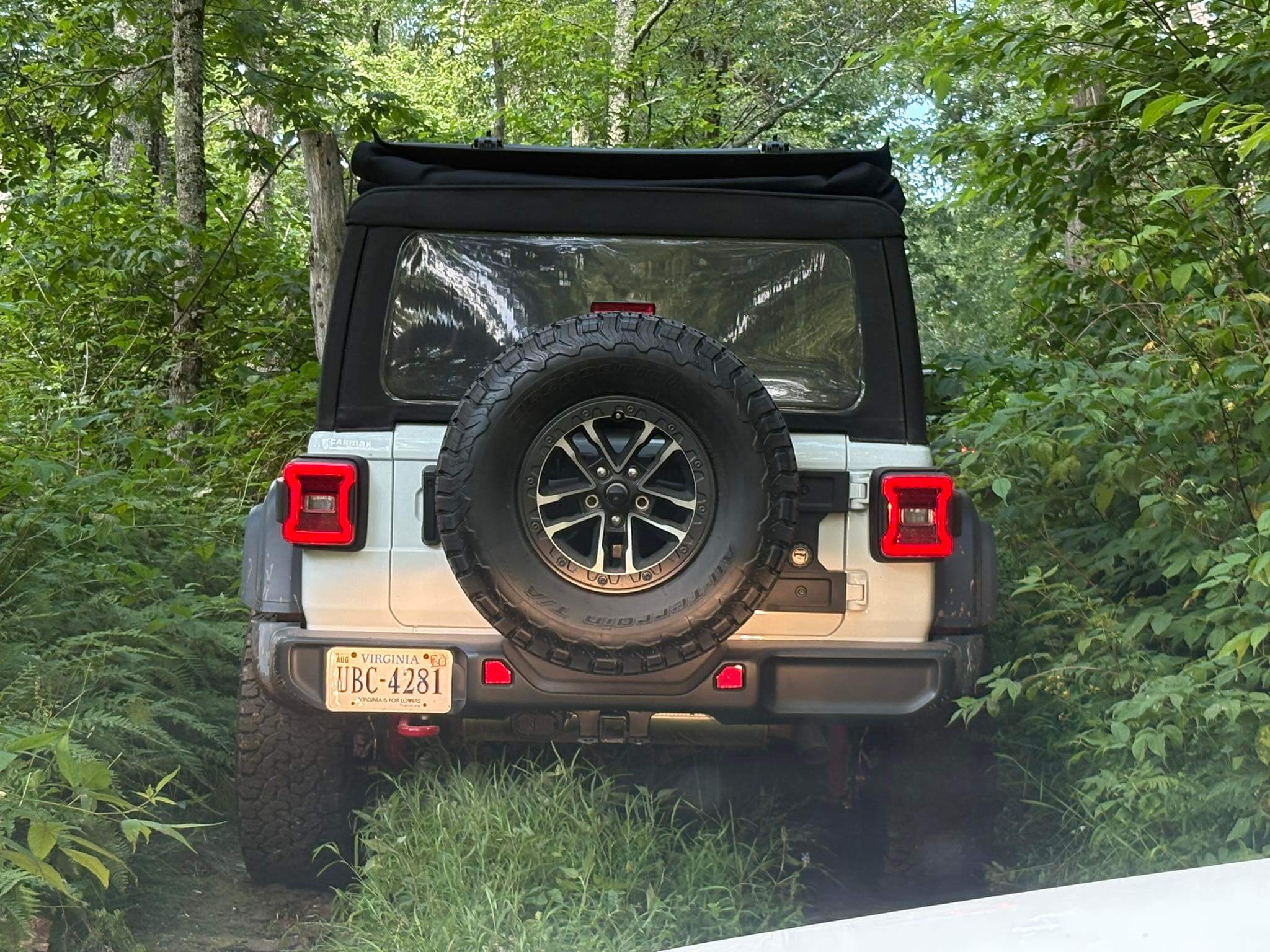
Ford Bronco Rebirth hype drove premium prices early on. Those premiums are softening in some markets as supply meets demand, but battered trims or expensive dealer add‑ons could see steeper declines.
Nissan Xterra & older models Discontinued or older platforms can be hidden gems if the mechanicals are solid. They won’t match modern creature comforts or fuel economy, but they’re practical, affordable bases for builds if you don’t mind a bit of elbow grease.
Suzuki Jimny & other niche imports Scarcity is the enemy of price stability. Any Jimnys that surface on the market or gray‑market imports tend to command collector prices and can be volatile.
“If you bought a Bronco with a $10k dealer markup, prepare to hold it longer than you planned — resale math doesn’t favor short flips in a softening market.” – Zach CarEdge Co-Owner
5) Market indicators to watch (so you don’t get surprised)
If you want to stay ahead of a shift, keep an eye on these signals:
- Dealer inventory levels. More clean, unmodified units on dealer lots usually means competition — and falling prices.
- Auction indices and wholesale spreads. Wholesale prices fall before retail prices follow. Watch auction reports for early clues.
- Local classifieds heat maps. If hand‑built platforms suddenly appear in volume on local classifieds or enthusiast forums, that’s a sign sellers are motivated.
- Interest rates and financing terms. Higher rates reduce purchasing power and can cool demand quickly.
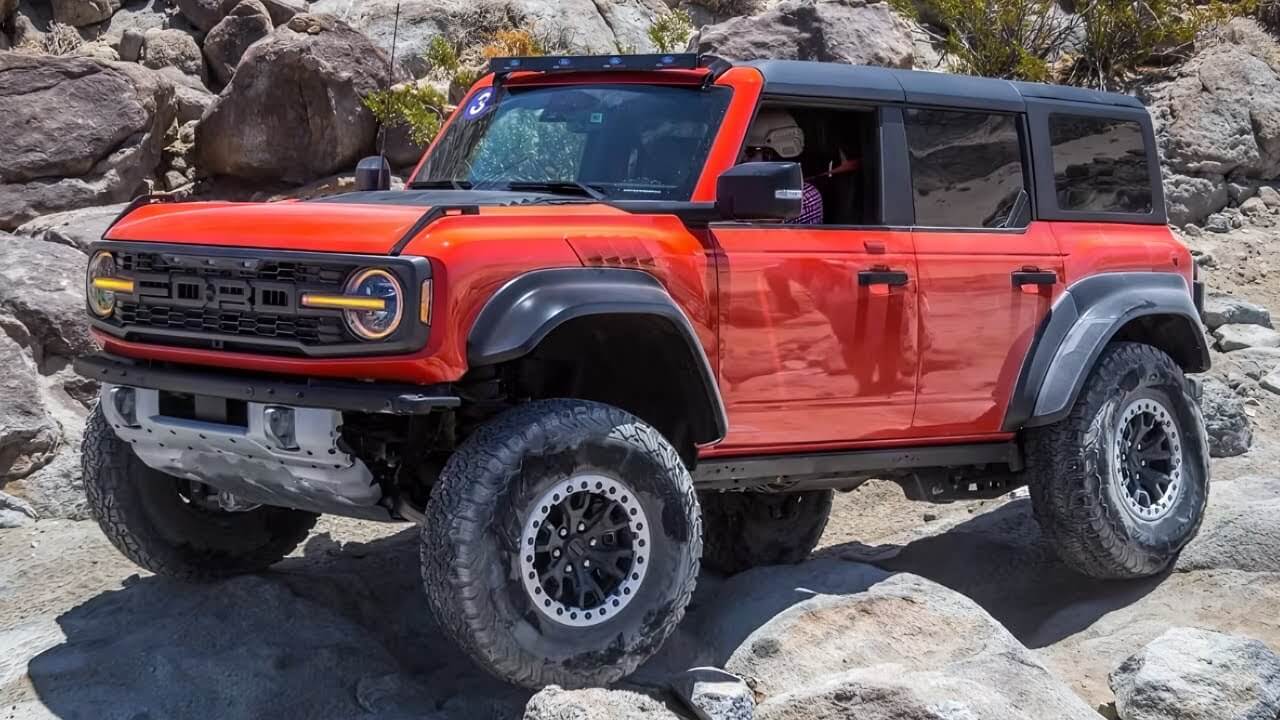
6) Tactical playbook for off‑road buyers and sellers
If you own a rig you love:
- Keep it. The personal and practical value of a trail‑worthy vehicle often outweighs short‑term market fluctuations.
- Maintain excellent records: maintenance, service receipts, and a clear list of mods. That helps preserve value when you do decide to sell.
If you need to sell now:
- Price competitively and be transparent about mods, wear, and off‑road use. Use enthusiast channels (forums, Facebook groups, and specialty classifieds) in addition to mainstream sites.
If you’re buying new:
- Don’t pay arbitrary dealer ‘market adjustments.’ Shop multiple dealers and be willing to walk. Consider ordering and waiting rather than paying a large immediate premium.
If you’re buying used:
- Favor mechanical soundness over cosmetic perfection. A well‑maintained, stock drivetrain is worth more in the long run than a flashy custom paint job.
- Use multiple valuation sources to triangulate fair price rather than trusting one number.
If you modify rigs for resale:
- Prioritize mods with broad buyer appeal: winches, steel bumpers, skid plates, and safe suspension upgrades.
- Keep original parts if you can; buyers sometimes prefer stock originality for certain models
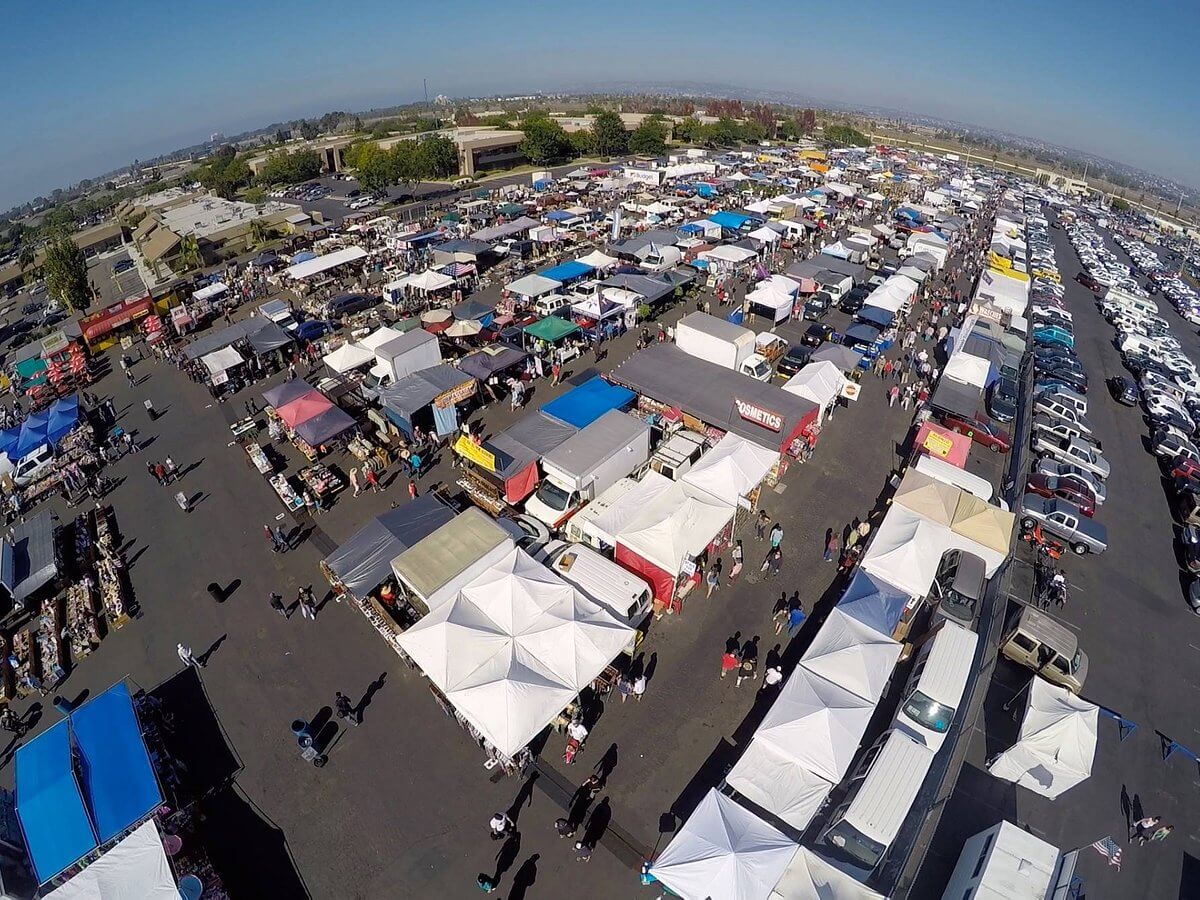
7) Advice for club leaders and event organizers
Organizations like Virginia Off‑Road play an important role when market stress creates buyer confusion:
- Educate members on how to evaluate a rig (frame/underbody, rust, title history, and major service items). Run occasional workshops on buying used and assessing mods.
- Host gear swaps and group buys. Buying bumpers, tires, or secured parts as a group reduces per‑unit costs and keeps members in the hobby during leaner price cycles.
- Create a member marketplace. A moderated member‑only marketplace can reduce scam risk and give fair pricing visibility for modded rigs.
8) Long‑run outlook: why pre‑2019 prices may be gone for good
Even if the market corrects, several structural changes make a full return to pre‑2019 price norms unlikely:
- Higher base costs in manufacturing and logistics. Pandemic era lessons prompted companies to rethink supply chains and hold smaller, more expensive buffers rather than massive inventories.
- Persistent demand for trucks and SUVs. Consumer preference shifts have structural effects on production prioritization and profit maximization.
- Regulatory and trade risk. Periodic shocks — tariffs, emissions rules, or geopolitical tensions — can intermittently raise costs.
So expect a new normal: prices that may be lower than 2022 peaks, but higher than 2018 baseline.
“The trail doesn’t care what the market does — but your wallet does. Plan your buys and mods for the long haul.” – Frank Goldsmith
9) Scenario planning: three plausible market paths
Soft landing (most likely): Inventories normalize over 12–24 months, used prices drift 5–15% from peaks, and dealer markups recede. Good for patient buyers.
Choppy normalization: Supply improves but occasional shocks create model‑level spikes. Short windows of opportunity appear at different times and places.
Hard correction (less likely): Rapid demand collapse or macro shock triggers a sharp drop in wholesale values, hurting speculators and recent high‑premium buyers most.
For off‑roaders, the general rule is: unless you’re flipping to profit, plan to keep your rig and choose vehicles for utility, not short‑term investment.

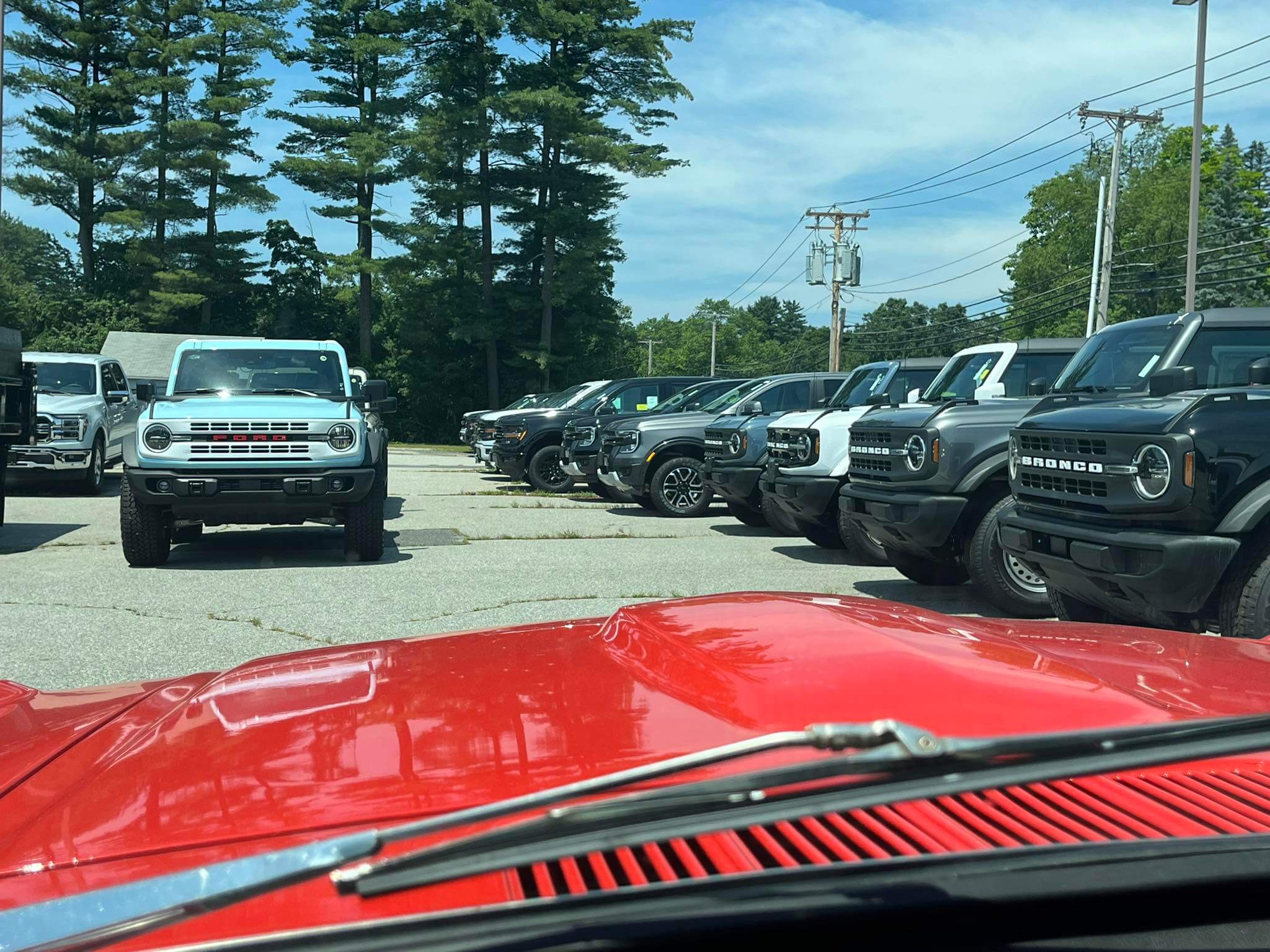


No responses yet